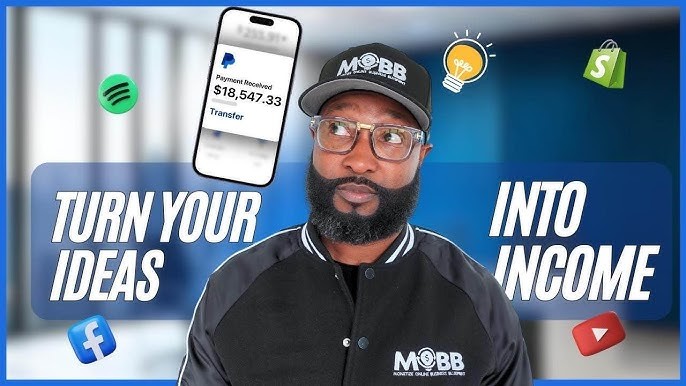Turning ideas into income is one of the most exciting and challenging aspects of entrepreneurship. It’s the process of transforming a spark of inspiration into something tangible, valuable, and sustainable. While ideas are abundant, the ability to execute them in a way that generates revenue requires discipline, strategy, and a deep understanding of both the market and the customer. The journey from concept to cash flow isn’t linear—it’s iterative, demanding both creativity and practicality. But with the right mindset and approach, even the simplest idea can evolve into a thriving business.
The first step in monetizing an idea is validating its relevance. Not every idea is worth pursuing, and not every problem needs solving. The key is to identify whether your idea addresses a real need or desire. This means stepping outside your own enthusiasm and engaging with potential customers. Conversations, surveys, and informal feedback can reveal whether your idea resonates and what people are willing to pay for. For example, someone passionate about fitness might want to create a new workout app, but unless they understand what users are missing in existing solutions, their idea may struggle to gain traction. Validation isn’t about perfection—it’s about direction. It helps you refine your concept and align it with actual demand.
Once you’ve confirmed that your idea has potential, the next challenge is shaping it into a viable offering. This involves defining the product or service, understanding its value proposition, and determining how it will be delivered. Clarity is essential. Customers need to understand what you’re offering, why it matters, and how it fits into their lives. A freelance writer, for instance, might start with the idea of helping businesses improve their content. To turn that into income, they need to package their services—perhaps offering blog writing, email campaigns, or website copy—and communicate the benefits clearly. The more specific and solution-oriented the offering, the easier it is to sell.
Pricing is another critical factor. Many entrepreneurs struggle with setting prices, especially when they’re just starting out. The temptation is often to undercharge in order to attract customers, but this can undermine perceived value and sustainability. Pricing should reflect the value you deliver, the market you’re targeting, and the positioning you want to establish. It’s not just about covering costs—it’s about signaling quality and building a foundation for growth. A designer who prices their work too low may attract clients who don’t value their expertise, while a well-considered pricing strategy can attract the right audience and support long-term profitability.
Distribution is where ideas begin to meet the market. You need a way to reach customers, whether through digital platforms, partnerships, or direct outreach. This is where marketing and sales come into play—not as separate functions, but as extensions of your value proposition. Telling your story, showcasing your work, and building relationships are all part of the process. A small business selling handmade goods might start by building a presence on social media, engaging with followers, and driving traffic to an online store. The goal is to create visibility and trust, which are prerequisites for conversion. Distribution isn’t just about reach—it’s about resonance.
Execution is what ultimately turns ideas into income. It’s the daily work of building, testing, and improving. Many ideas fail not because they lack potential, but because they’re never fully executed. Consistency, adaptability, and resilience are key. You’ll face setbacks, learn from mistakes, and refine your approach. A tech founder might launch a beta version of their app, gather feedback, and iterate based on user behavior. Each cycle brings the product closer to market fit and profitability. Execution isn’t glamorous, but it’s where value is created. It’s the bridge between vision and reality.
Monetization strategies can vary widely depending on the nature of the idea. Some businesses rely on direct sales, others on subscriptions, licensing, or advertising. The right model depends on your audience, your offering, and your goals. It’s important to experiment and remain open to evolution. A content creator might start with ad revenue but later introduce premium memberships or branded merchandise. Flexibility allows you to respond to market signals and optimize your income streams. The key is to stay focused on delivering value—because income is a byproduct of impact.
Turning ideas into income also requires a mindset shift. It’s not enough to be passionate—you need to be pragmatic. This means setting goals, tracking progress, and making decisions based on data and feedback. It means treating your idea as a business, not just a project. That shift can be uncomfortable, especially for creatives or visionaries, but it’s essential for sustainability. A founder who embraces both the art and the science of entrepreneurship is better equipped to navigate challenges and seize opportunities.
Ultimately, the process of turning ideas into income is about creating something that matters. It’s about solving problems, serving people, and building value. It’s not always fast or easy, but it’s deeply rewarding. When you commit to the journey—with curiosity, discipline, and heart—you give your idea the chance to grow into something real. And in doing so, you not only generate income—you create impact.



